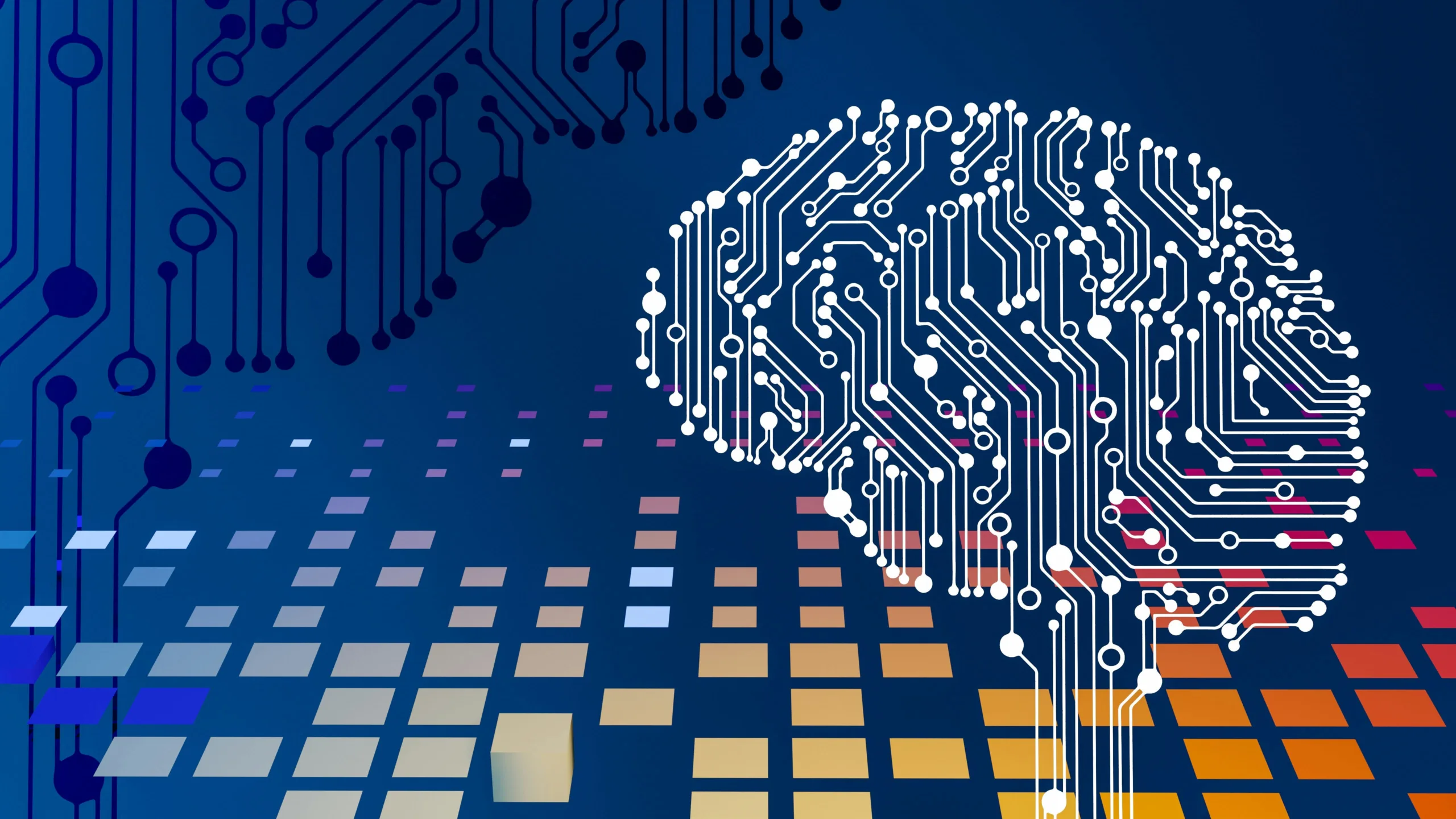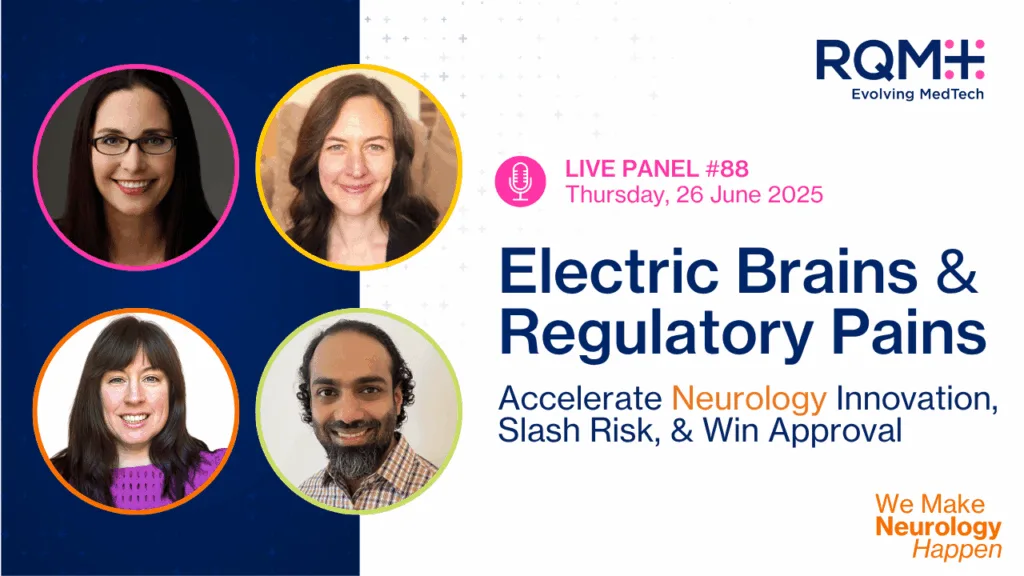Picture the sci-fi trope of a human brain, connected by wires, controlling a machine simply by conscious thought or even just passive physiology. Visions of the media-pervasive Neuralink1,2,3 may come to mind, but this device does not stand alone in its ability to tap into human neurons to control other physiological functions. Although we’re not talking The Singularity4 just yet, we are at a time when artificial neural networks and biological neural networks have become intertwined for the benevolent purpose of medical treatment.
The latest developments in brain computer interface involve modeling human cognition. This is an exciting, sci-fi version of technology; however, there are much more practical examples of the artificial-to-biological bridge that help patients on a broader scale. Enabling closed-loop systems like these can allow patients with Parkinson’s disease, essential tremor, epilepsy, and other neurological conditions to thrive.
Can it be Trusted?
Theoretically, technology like adaptive DBS provides a safer and more effective delivery of electrical stimulation than its conventional counterpart. The concern lies in taking control out of the hands of a human and giving it over to a machine. Regulatory bodies are learning to keep up with innovation while ensuring patient safety as artificial intelligence (AI)-based devices seek market approval. Both the most recent AI-enabled device guidance in the US7 and the new AI Regulation in the EU8 introduce requirements related to training and testing any AI algorithms incorporated into medical devices. They call for documentation of the size and variability of training sets to reduce bias in the model, allowing it to be applicable to the entire intended patient population. They also outline requirements for testing that include both validation of the AI algorithm used as well as clinical testing to confirm safety and performance when used for its intended purpose. These robust assessments combined with continuous post-market assessments aim to prioritize safety while allowing for advanced technologies to reach patients with neurological disorders.
How Does it Work?
Neurological diseases, in particular, can benefit from this type of closed-loop system that receives input from the patient’s own physiological signals to determine the most appropriate output, for example electrical stimulation. This type of technology is gaining traction in the field of deep brain stimulation (DBS), dubbed “adaptive DBS.” Although DBS has long been an effective treatment for Parkinson’s disease, it has historically involved little variability in the current, frequency, and sequencing of electrical pulses to the brain other than “on” or “off”. Adaptive DBS, however, is dynamic and driven by the patient’s neurological function. If the neurological sensor detects waveforms associated with Parkinson’s tremor onset, the device can adapt to deliver the optimal amount of stimulation to ease the patient’s symptoms.5,6
Let’s Make Neurology Happen
Adaptive DBS offers one example of the advancements that AI technologies can bring to the field of neurological treatments. The automated nature of these systems relieves some of the burden from patients and caregivers and allows for a more customized treatment paradigm. This integration of artificial and biological neural networks offers promising advancements in medical treatment for neurological diseases on a practical level.
As the frontier between artificial and biological intelligence continues to blur, the potential to transform neurological care becomes not just a possibility, but a reality. Adaptive deep brain stimulation and similar innovations are already reshaping how we treat complex conditions like Parkinson’s disease and epilepsy—offering patients more responsive, personalized, and effective therapies. If you’re navigating the challenges of integrating or managing neurological devices, we’re here to help. Contact us today to learn how we can support your journey with cutting-edge neurotechnology.
Looking for more neurology device advice? Join us on the 26th of June for a live panel discussion, “Electric Brains & Regulatory Pains: Accelerate Neurology Innovation, Slash Risk, & Win Approval”, where our experts will provide practical insights to help your organization successfully commercialize innovative neurological products.
References
- Precise Robotically IMplanted Brain-Computer InterfacE (PRIME), NCT06429735. Neuralink Corp
- Control of Assistive Devices Via Brain-Computer Interface Technology (CONVOY), NCT06710626, Neuralink Corp
- Precise Robotically Implanted Brain-Computer Interface for the Control of External Devices (CAN-PRIME), NCT06700304, Neuralink Corp
- Kurzweil, Ray (2005). The Singularity is Near. New York: Viking Books. ISBN 978-0-670-03384-3.
- Krauss JK, Lipsman N, Aziz T, Boutet A, Brown P, Chang JW, Davidson B, Grill WM, Hariz MI, Horn A, Schulder M, Mammis A, Tass PA, Volkmann J, Lozano AM. Technology of deep brain stimulation: current status and future directions. Nat Rev Neurol. 2021 Feb;17(2):75-87.
- Beudel M, Brown P. Adaptive deep brain stimulation in Parkinson’s disease. Parkinsonism Relat Disord. 2016 Jan;22 Suppl 1(Suppl 1):S123-6.
- Artificial Intelligence-Enabled Device Software Functions: Lifecycle Management and Marketing Submission Recommendations: Draft Guidance for Industry and Food and Drug Administration Staff, January 2025.
- Regulation (EU) 2024/1689

